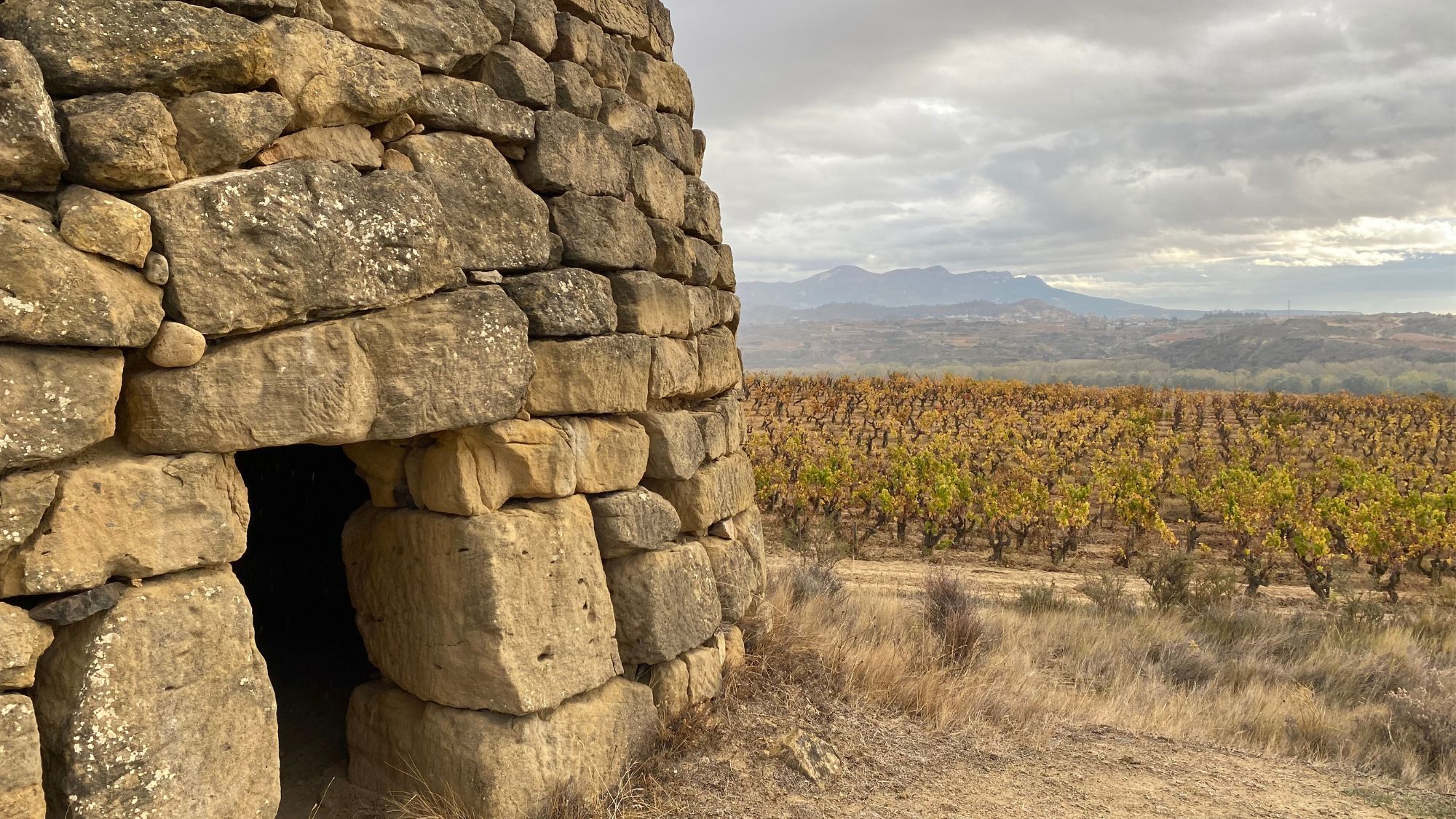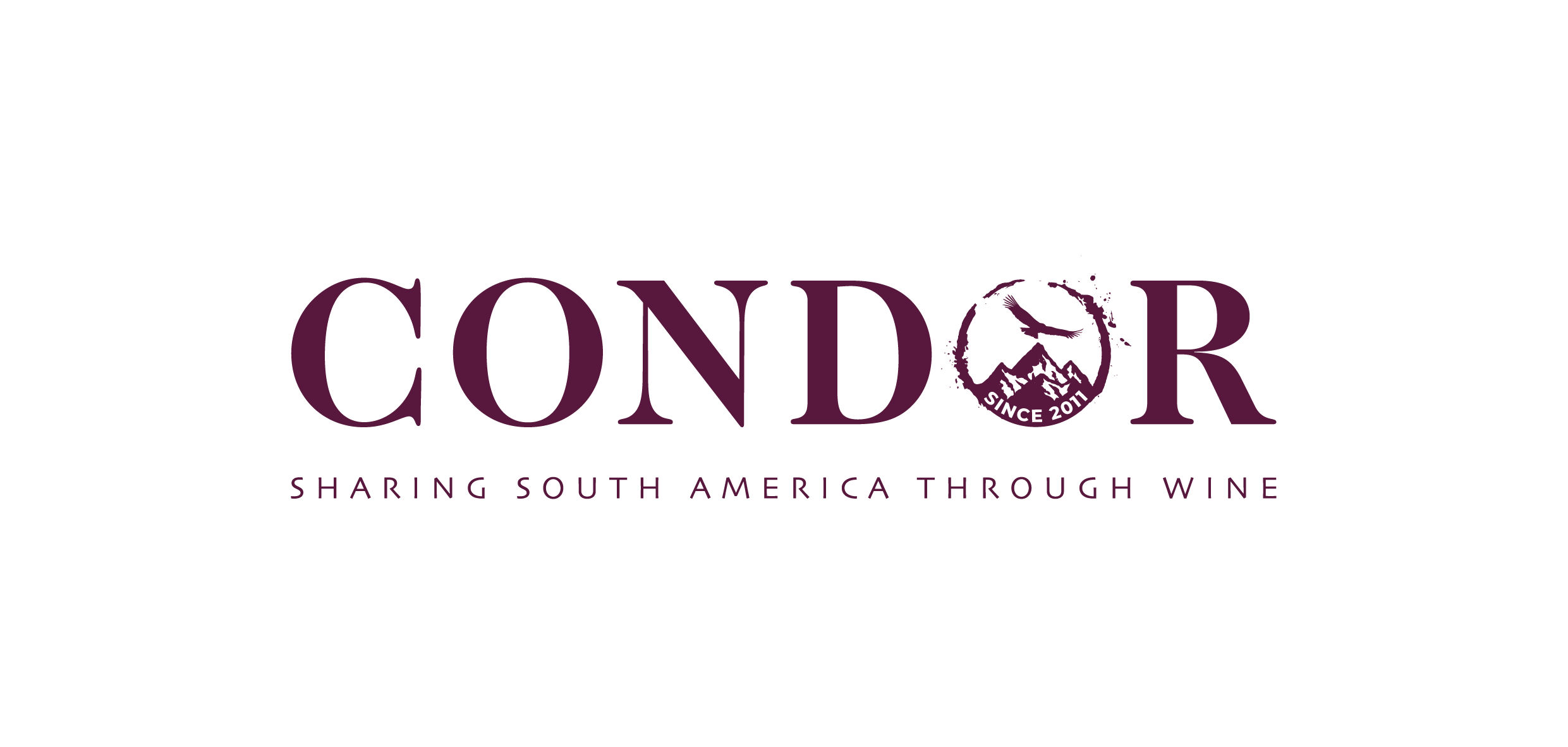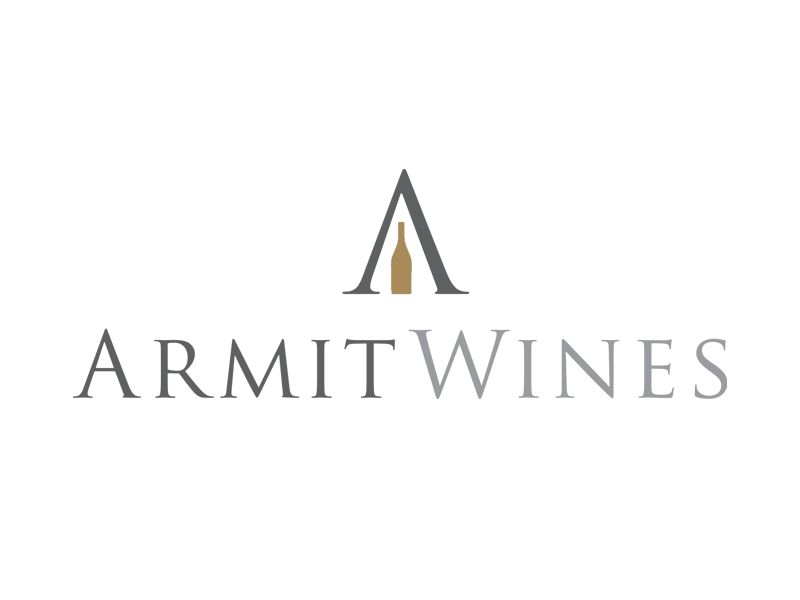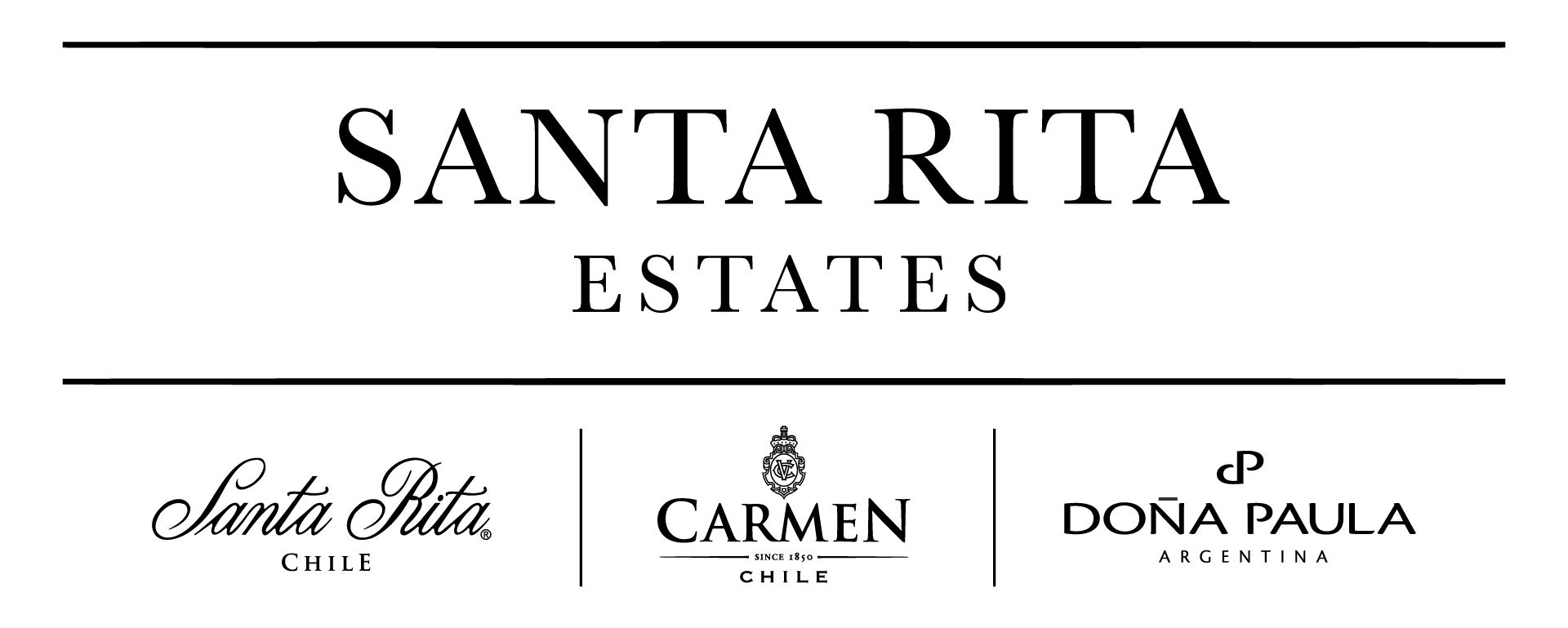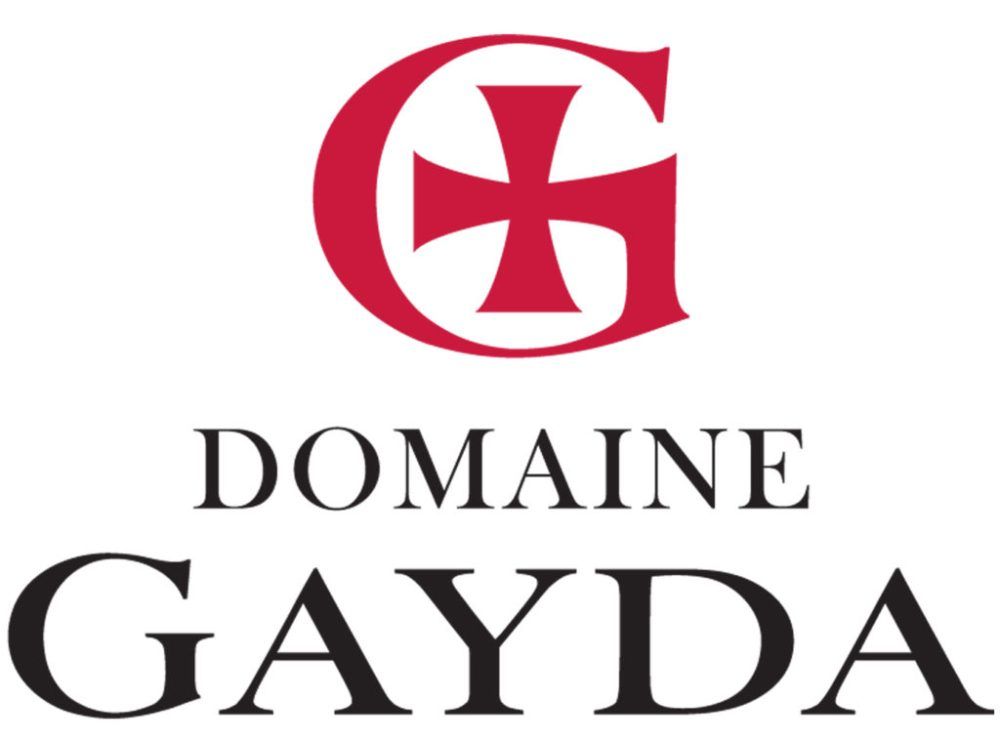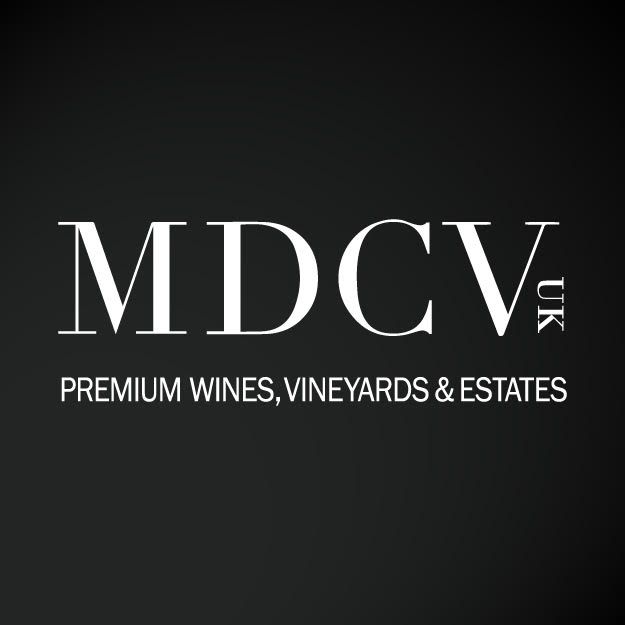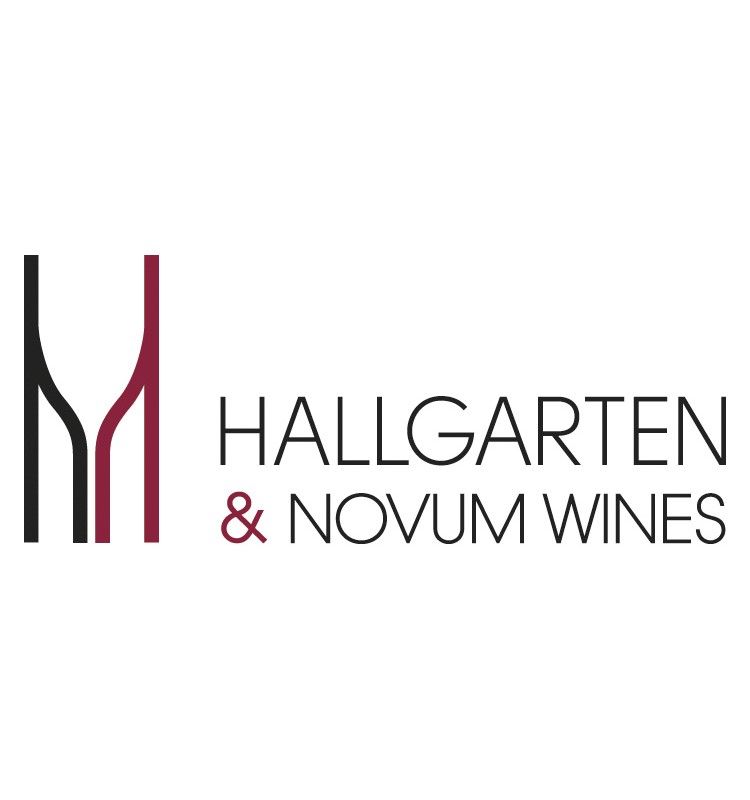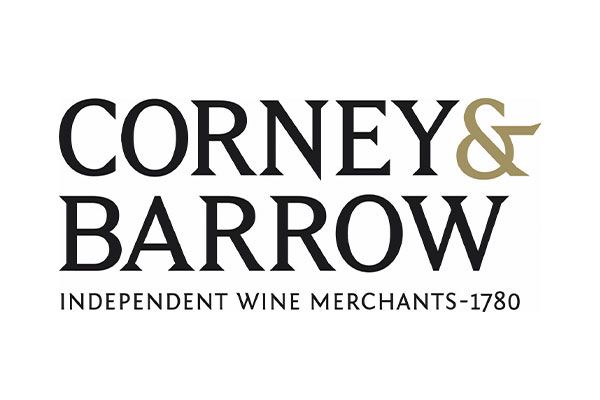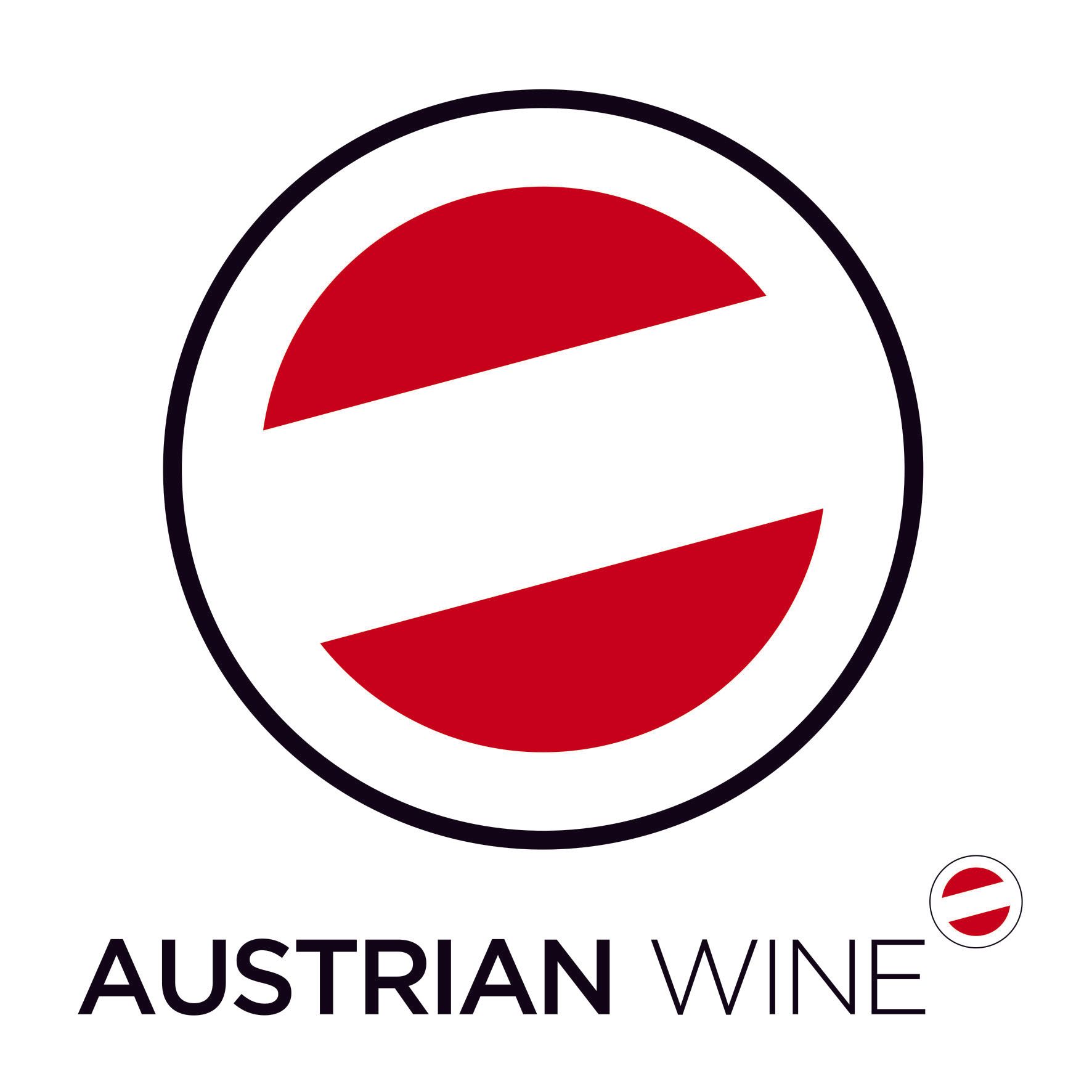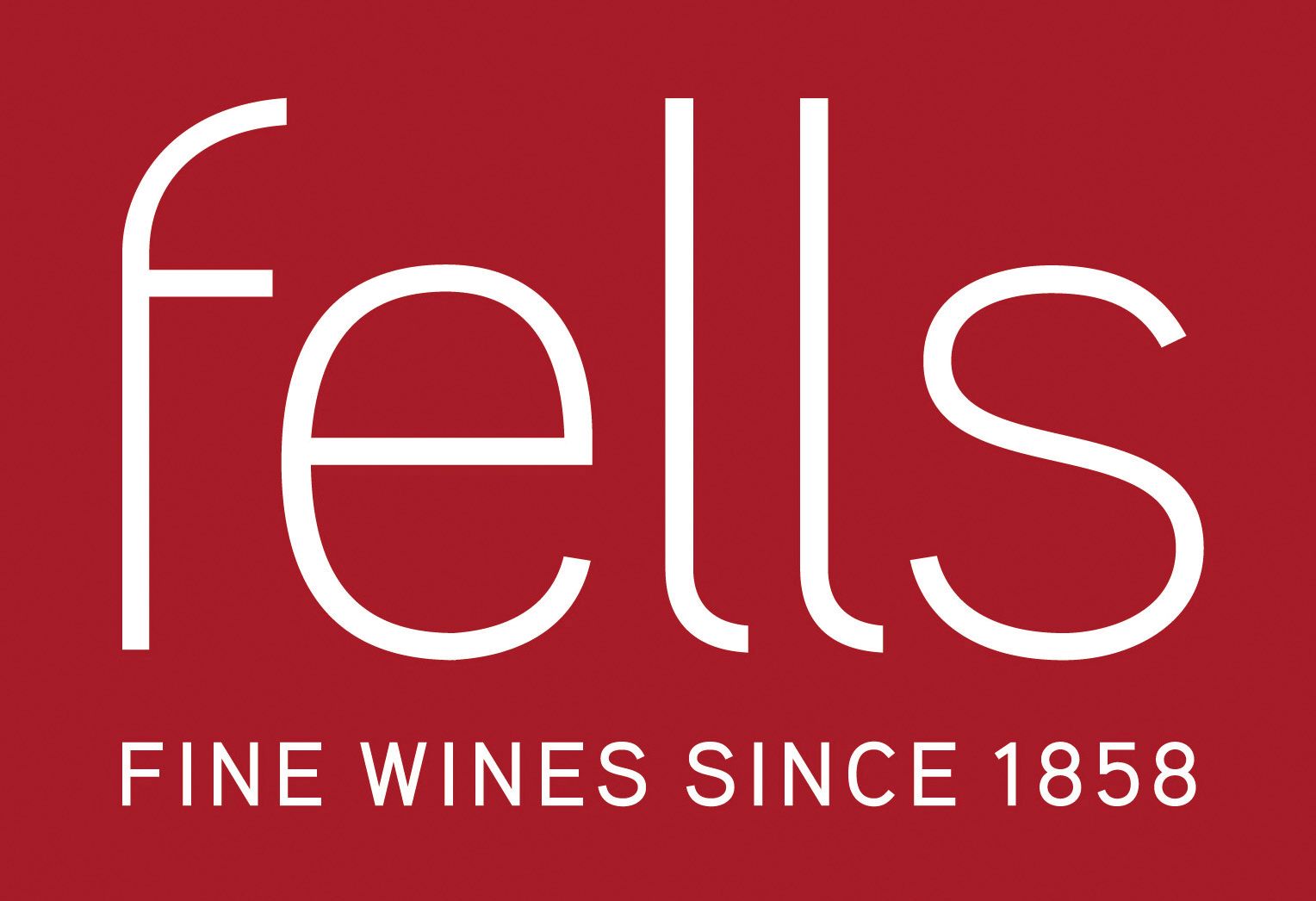“As the Consejo rightly looks to promote Rioja as “100km of Diversity”, it’s that very diversity that will make any changes to the current 3-zone-system almost impossible to agree on in the short term at least,” writes Turner.
The ‘simplicity’ of Vinos de Zona
Rioja is famously split into three main viticultural areas. Although technically there is a fourth, with vineyards in Burgos, Rioja was officially split in 1976 between three regions: Rioja Alta, Rioja Alavesa, and Rioja Oriental. By now we’ve had nearly 50 years to get used to Rioja being these three areas.
Since then we’ve had a number of changes – from 1998 producers have been allowed to reference the area on the bottle, when the three regions were re-named from “sub-areas” to zones. The law changes introduced by the DOCa regulatory body in 2017’s Vinos de Zona are also designed to update the rules on what we mean by a zonal wine and allow producers to use the name of the zone on the front and centre of the label.
The rules state that the producers need to have been working with these sites for over 10 years and all wines must be grown, produced, aged, and bottled within the labelled zone, although 15% of the fruit can come from a neighbouring zone.
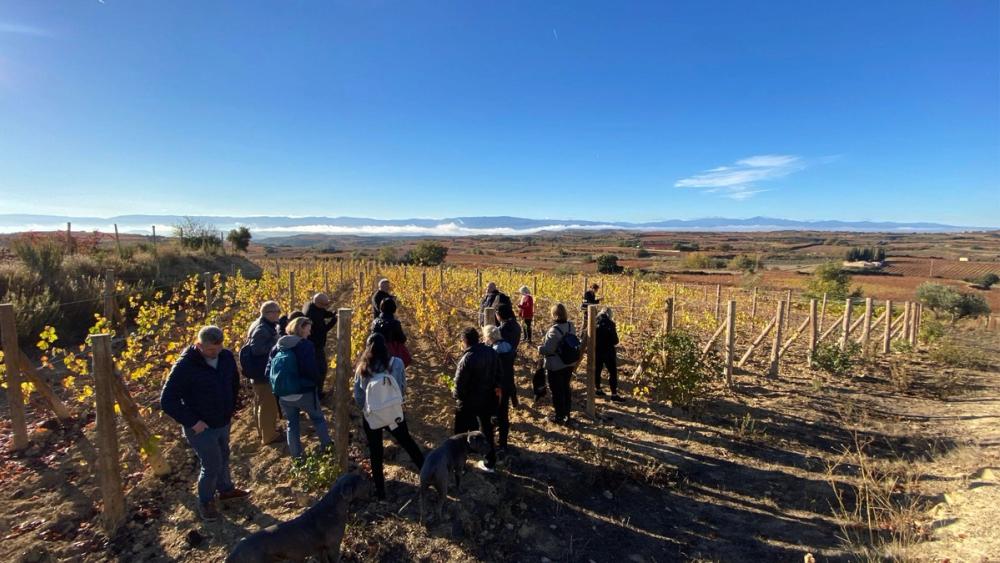
The sun-exposed, mountainous vineyards of Bodegas Bhilar in Rioja Alavesa
The current zones of Rioja
Rioja Alta is the largest zone, with 27,800 hectares, located (mostly) south of the Ebro and west of the town of Logroño. It’s famed for its Atlantic influence, with a markedly cooler and wetter climate, especially the more west you travel. Higher altitudes further south, as the vineyards head towards the Sierra de la Demanda (part of the Sistemo Iberico) help moderate summer temperatures even further.
Rioja Alavesa is the smallest zone at 13,200 hectares, famed as much for its Basque influence as it is for its large crops of limestone subsoils. North of the Ebro and west of Logroño, it is protected from the harshest of the Atlantic influence from the Bay of Biscay by the Sierra de Cantabria range, which also provides a stunning backdrop and a large variety of microclimates. A fitting arena for the birth of the Vinos de Autor.
Rioja Oriental is just a nudge smaller than Rioja Alta, but still covers an impressive 25,200 hectares. Until relatively recently it was known as the Rioja Baja, but many associated negative connotations with the word Baja, meaning “low”, so Oriental it is. Both north and south of the Ebro, it is to the East of Logroño as Rioja stretches East towards the Mediterranean that gives a larger, warmer influence to these vineyards. Historically it’s a region of grape growers as opposed to larger wineries, that were based further west.
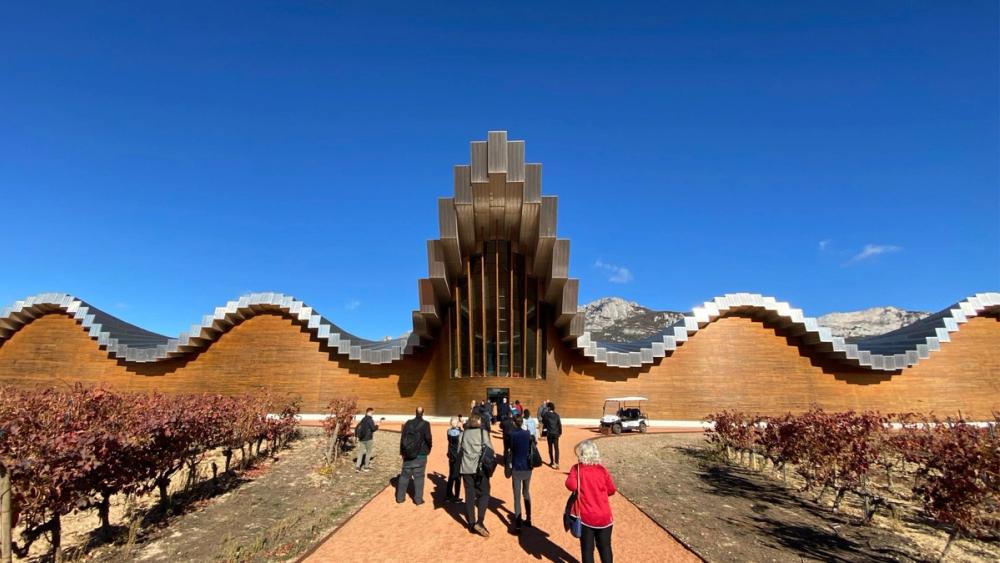
The iconic winery at Ysios in Rioja Alavesa
Time to redraw the map?
Unfortunately, it’s not as simple as all that. The above explanations, although potentially not worded quite the same way, may as well have come straight from a textbook. That’s what we’re taught about Rioja. If you were to write that in an exam, you’d get some decent marks. But, if you’re lucky enough to spend any time in the region, you’ll see very quickly that it’s far too simplistic.
Rioja Oriental on its own has vineyards planted between 300m and 1000m above sea level. The alluvial soil on the lower riverbanks of the Ebro give way to calcerous clays and ferrous clays across the plains and the rising altitudes across the tributary valleys of the Leza, Cidacos, or Alhama rivers, and towards the southern rises. These include the increasingly prized vineyards in and around Monte Yerga, where vineyards can be cooler than any region in Rioja Alta or Rioja Alavesa.
The introduction of Vinos de Zona will undoubtedly raise the debate, once more, of a redraft of the map of Rioja. In her Classic Wine Library book, Wines of Northern Spain, Sarah-Jane Evans MW refers to the plans drawn up by consultant José “Pepe” Hidalgo. He cuts Rioja into 9 zones, with 5 of those across what is currently Rioja Oriental. It includes separate zones for the riverbanks of the Ebro, the higher valleys of the Cidacos river and Monte Yerga itself. Similar, although not identical, proposals from the likes of Antonio Remesal and Alberto Gil show that, although agreement on a such a topic will not be easy, the future focus on the zones of Rioja will require us all to take a much closer look at the collective terroirs of the region.
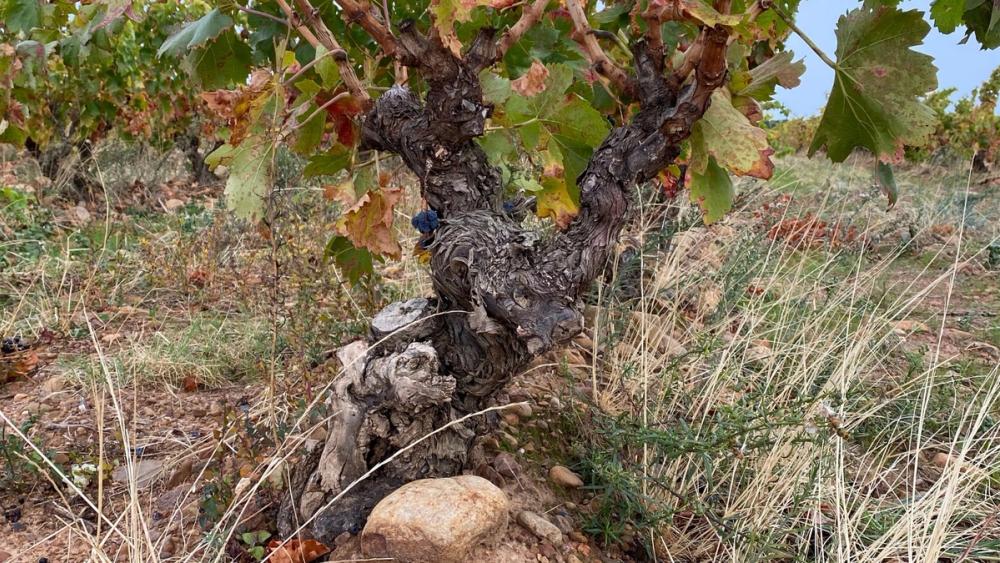
Old Garnacha vines growing in Rioja Oriental
Timing is everything
I have reservations as to whether this is the right time to be doing such a redrawing of maps. Climate change is altering perceptions across the global wine trade and Rioja is no exception. The vineyards in southern Rioja Alta are, on average, 1oC warmer in the last 50 years alone. Producers are having to move towards higher sites, or replant existing vineyards with new varietals. Graciano and Mazuelo, for example, seem ideally placed to cope in the warmer spots, but what difference will it make to the wines that are produced?
There are other considerations. The reliance on Rioja’s enviable stocks of old vines, proven to survive the climatic extremes better, is set to continue. Should the map be redrawn to reflect the concentration of these old vines? This is especially pertinent as the Consejo puts increasing incentives in place to protect and promote the old vine heritage in Rioja in its most recent strategic plan.
As the Consejo rightly looks to promote Rioja as “100km of Diversity”, it’s that very diversity that will make any changes to the current 3-zone-system almost impossible to agree on in the short term at least.
Get to know Rioja better
On Wednesday 21st June 2023, Rioja Wine UK will host an unique event at a London 5-star hotel where members of the trade can spend a day immersed in the rich culture and heritage of Rioja – there will be a chance to taste some of the region’s finest wines as well as a busy schedule of educational masterclasses hosted by some of the most renowned Rioja wine experts. For more information click here.
For more information about the Rioja DOCa, please contact the team at Phipps PR (rhian.rosser@thisisphipps.com)
Mike Turner is a freelance writer, presenter, educator and regular contributor for The Buyer. He also runs a wine events and ecommerce business, Feel Good Grapes, that explores and discusses the idea of sustainability in the wine trade.
